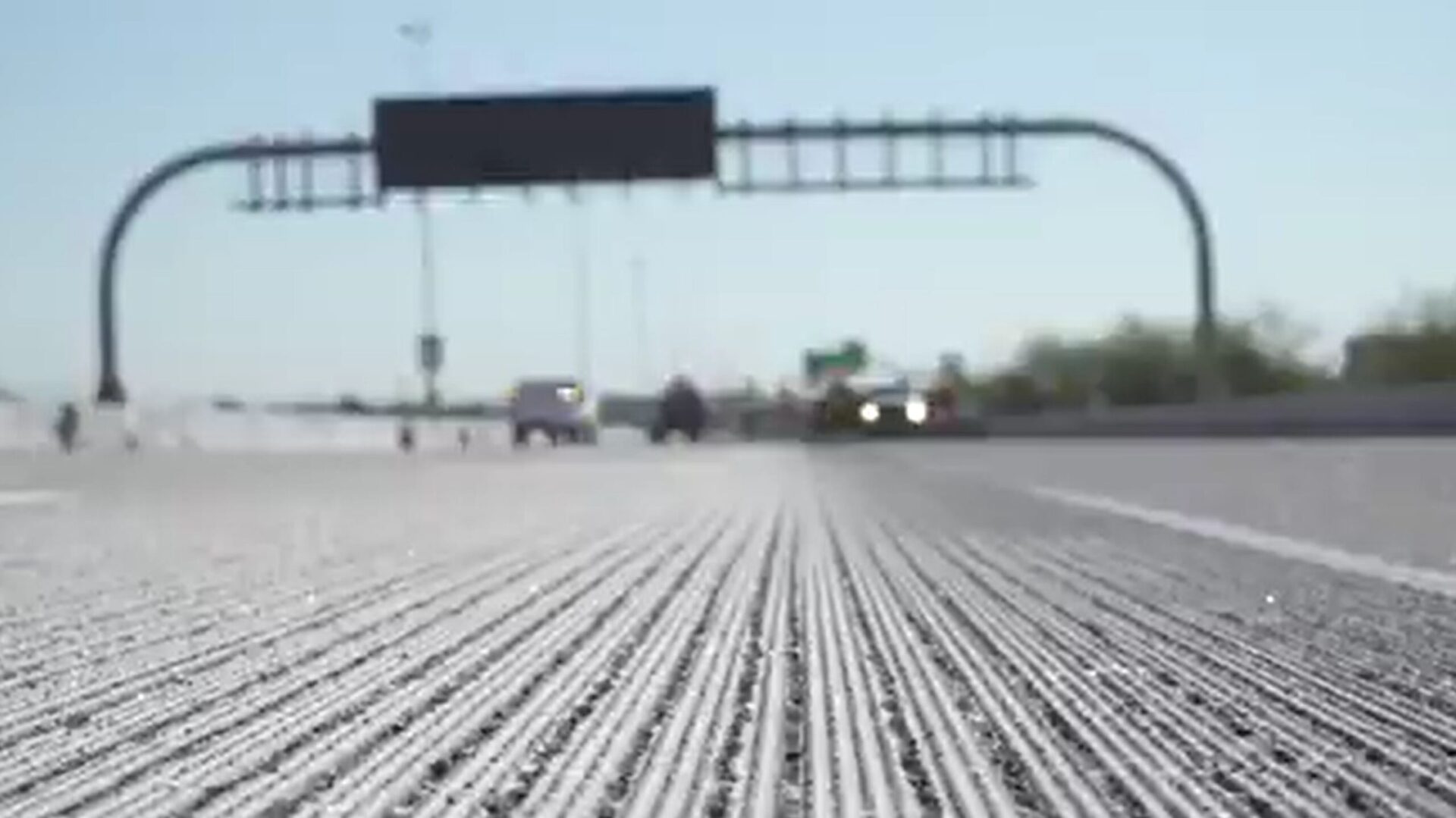
The Maricopa Association of Governments and Arizona Department of Transportation, at the request of Tempe Mayor Corey Woods, have agreed to an independent noise study and analysis of a new finish used on a widened segment of Loop 101/Price Freeway through Tempe, Chandler and Mesa after hundreds of complaints about increased noise.
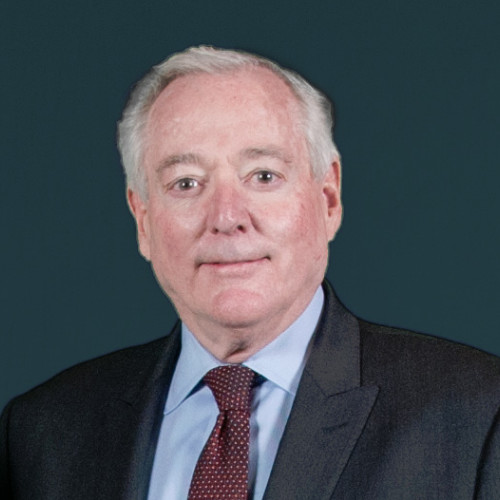
MAG Executive Director Eric Anderson said the agency would commission the independent look into the new technique, diamond grinding, in which grooves are cut directly into the concrete for noise abatement rather than applying the traditional inch-thick rubberized asphalt found on the bulk of the metro Phoenix freeway system.
Anderson acknowledged that height is a factor in noise readings in a nod to complaints about second-floor noise being greater than at ground level. He added that an independent study would look into more locations than ADOT’s readings. It also would consider tire wear on diamond grinding and the pitch of the noise at homes near the freeway.
“We can certainly launch an independent study of this issue fairly quickly,” Anderson said.
MAG and ADOT last year created a three-year, diamond-grinding pilot project involving three segments of Valley freeways after determining that the technique is far less expensive over a roadway’s life cycle than rubberized asphalt. Further, MAG and ADOT claimed that diamond grinding is only a few decibels louder than the rubber treatment, yet still well within the federal maximum of 67 decibels for noise mitigation.
The Price Freeway is the first, and thus far only, stretch to be completed using diamond grinding. Noise complaints began rolling in to ADOT, MAG and city officials almost from the day that traffic began rolling in September on the widened stretch from Baseline Road south to Loop 202.
Residents who live adjacent to the freeway complain that they must turn up the volume on their televisions to drown out freeway noise and that sleeping in upstairs bedrooms is nearly impossible due to the din. They’ve also complained that use, enjoyment and value of their properties have declined as a result. Some have produced photos and videos from their backyards of handheld decibel readers registering well into the 70s.
This runs sharply counter to ADOT’s noise readings taken just after the freeway opened and again on courtesy checks a couple of months later at homes where complaints were logged. All of those readings were in the mid-50s decibel range, ADOT said.
Because of the disconnect, Woods proposed an independent study, which was seconded by Mesa Mayor John Giles.
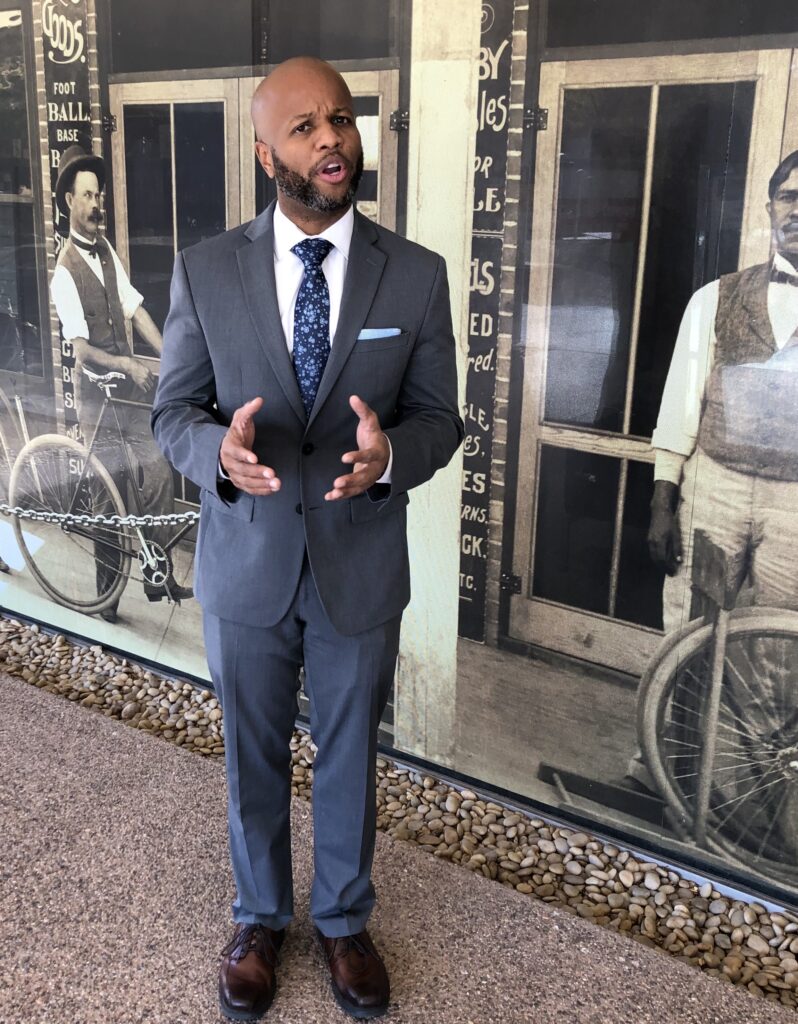
“I understand the concern about quality of roads and being cost effective when it comes to our taxpayers to not overspend,” Woods said at a MAG Transportation Planning Committee meeting on Feb. 17. “However, much of the pilot project is to be conducted along commercial portions of Loop 101 and one of the only areas where it is to be conducted directly adjacent to a neighborhood is in the southern area of Tempe. We’ve now received over 250 complaints.”
Woods also pointed out that ADOT noise readings on Oct. 5-6, which ADOT said were similar to those taken years earlier in the same locations on rubberized asphalt, may have been skewed because there was not as much traffic on the road due to the COVID-19 pandemic. Many families were on school fall break in early October, potentially further reducing traffic, he said.
Woods suggested broadening the locations from ADOT’s readings so they are closer to homes adjacent to the freeway. He added that MAG might consider “pumping the brakes” and not expanding the diamond-grinding project until more information is gleaned from the Loop 101 study.
“I would like to see if we can find a way to have an independent firm come in and conduct a noise study and analysis of the Price Freeway where the diamond-grind technique has been put in,” Woods said. “I would like to see MAG oversee or run the study.
“I do think an independent study is needed given the over 250 comments from South Tempe residents living directly adjacent to the freeway. We’re all dealing with a crisis when it comes to quality of roads and, frankly, not having enough money to do what we need to do. We should explore other techniques that might cost less, but not at the expense of the quality of life of our residents.”
In seconding Woods’ independent-study proposal, Giles added that residents are complaining not only about decibel levels but also about the pitch of the noise associated with diamond grinding, which is “a particularly irritating pitch.”
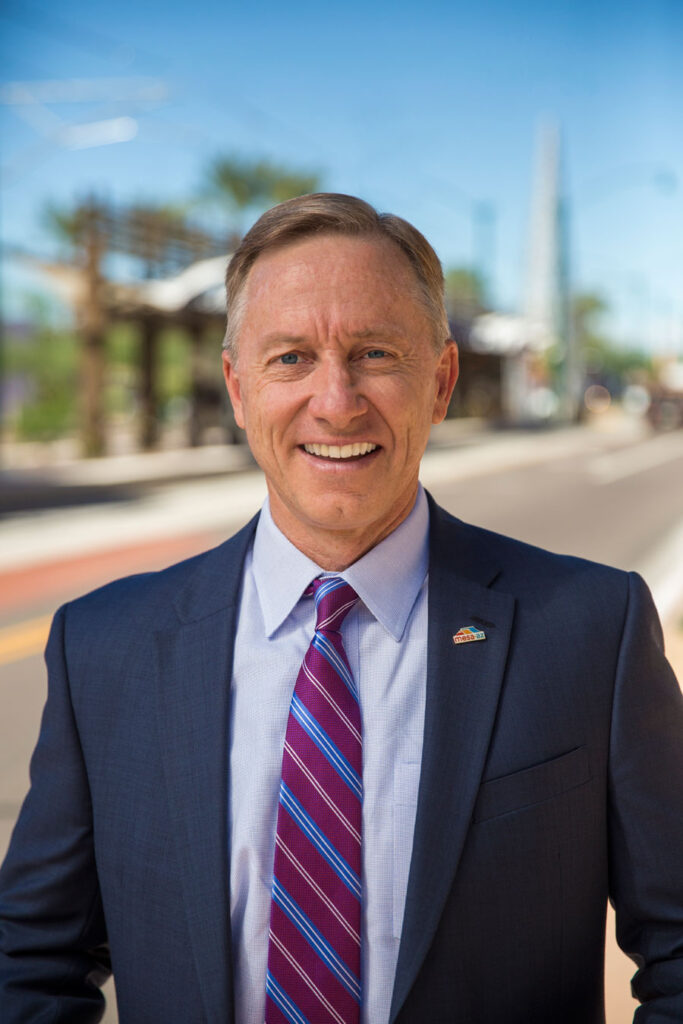
“I’d like to see MAG get directly involved in a study done on the findings of ADOT,” Giles said.
Chandler Mayor Kevin Hartke said that he, too, has received numerous noise complaints about the new surface on Loop 101.
ADOT agreed that at the request of the Transportation Policy Committee, MAG will conduct the independent noise study and that MAG will make decisions about the use of future pavement-surface treatments along the regional freeway system.
Two other stretches in the diamond-grind pilot project are Loop 101/Pima Freeway, which is being widened from Interstate 17 east to Pima Road in the North Valley, and a future Loop 101/Agua Fria Freeway widening project from I-17 west to 75th Avenue. Based on results, MAG will plan how future capital investments in pavement surfacing will proceed.
The key words in the controversy are “capital investments.”
“We have a bit of an impending crisis coming in the Valley, where rubberized asphalt is well over the 10-year mark,” Randy Everett, senior division administrator for ADOT’s Central District, which serves the metro Phoenix area, told the MAG Transportation Planning Committee.
Everett estimates the expense to be hundreds of millions of dollars to mill and re-overlay rubberized asphalt as it breaks down.
It gets worse.

“The region is facing greater than a billion dollars in capital costs to upkeep the rubber that we have out there over the next several decades,” Everett said. “ADOT believes that diamond grinding is a very viable and less expensive alternative to this rubberized asphalt dilemma.”
He added that rubberized asphalt maintenance is costly. It must be sealed every three years. At 10 years, potholes must be repaired. At 15 years, where many miles of Valley freeways are now, “it throws rocks and really begins to fall apart.” Where other states report about a 1 percent annual rise in windshield repairs, Arizona has about a 27 percent rise in windshield claims, according to Everett.
Nearly every mile in the metro Phoenix freeway system has a rubberized asphalt overlay. It was selected for its smooth ride and noise abatement. According to ADOT, rubberized asphalt noise levels increase as the surface breaks down during its lifespan.
Many miles are well beyond the 10-year lifespan already because there was no plan for paying for rubberized asphalt replacement costs and at present there is no funding source identified to repave the system with rubberized asphalt.
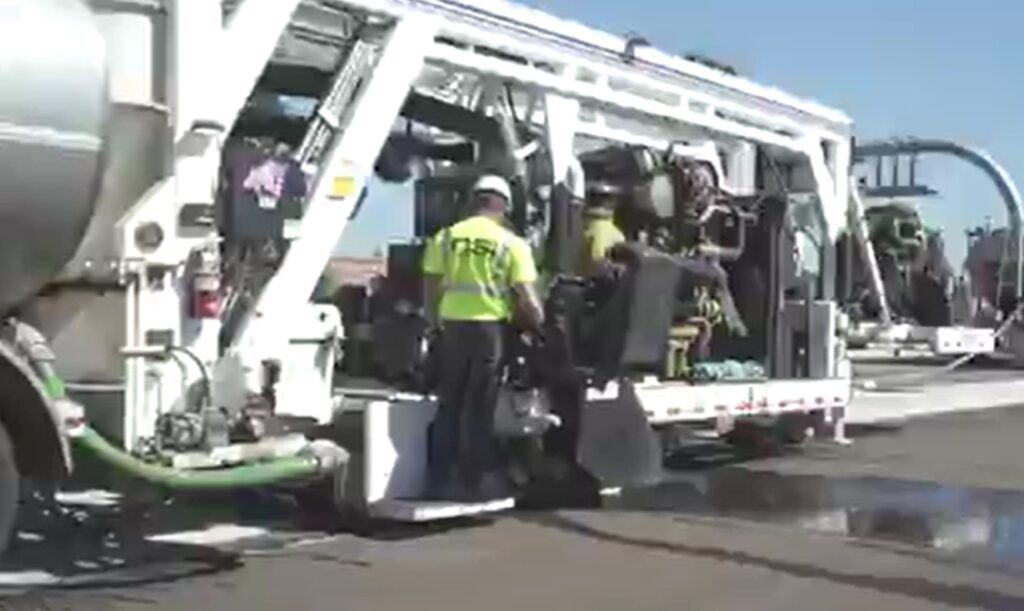
So MAG and ADOT last year set out to find an alternate freeway finish less expensive than rubberized asphalt and still within federal noise standards.
John Bullen, MAG Transportation Economic and Finance Program Manager, said MAG and ADOT were “particularly attracted to diamond grinding because it is pretty standard across the country.”
According to ADOT, preliminary results show that diamond grinding, in which specialized machines with diamond-tipped blades on rotating drums remove a thin layer of concrete roadway to create small grooves that limit vehicle tire noise, is meeting ADOT’s requirements for ride quality and costs.
“There is not enough capital funding to keep 1-inch rubber,” Everett said. “We landed on diamond grind, which goes above and beyond noise regulations and delivers a smooth ride and it has potential to far outlive rubberized asphalt.”
Does your business serve South Tempe or West Chandler? Wrangler News/wn.calicoeng.com advertisements get results! To purchase a print or online ad, dial 480-966-0837. Got a story idea or news tip? Give us a call at 480-966-0837.

